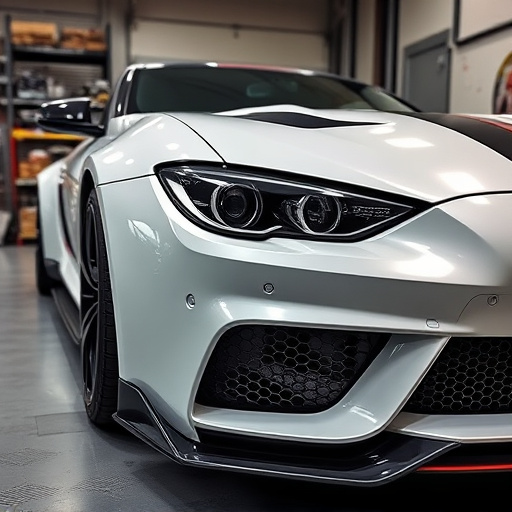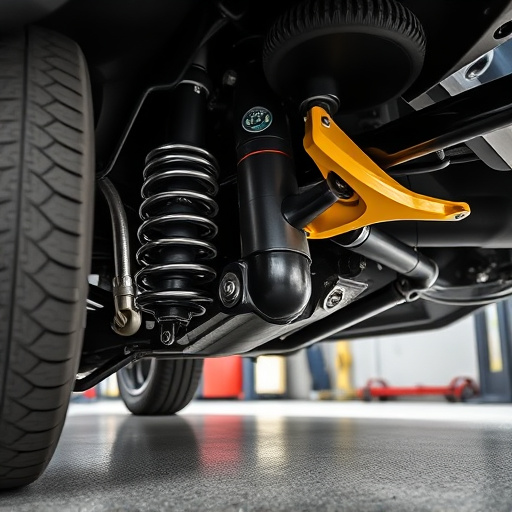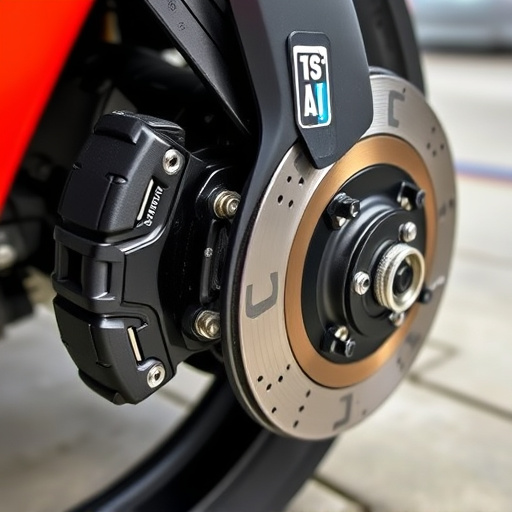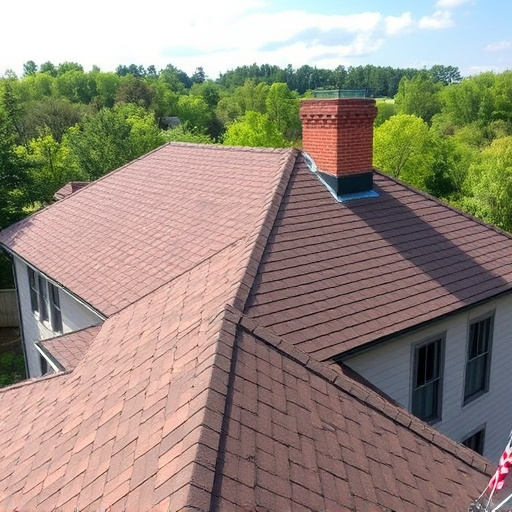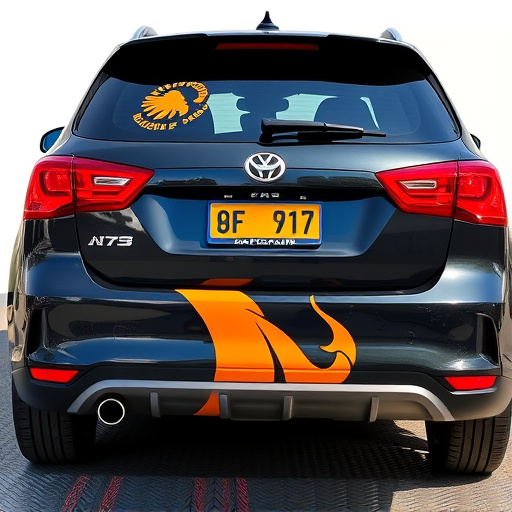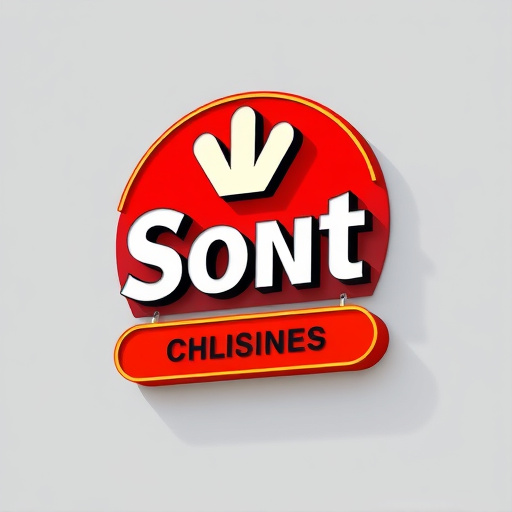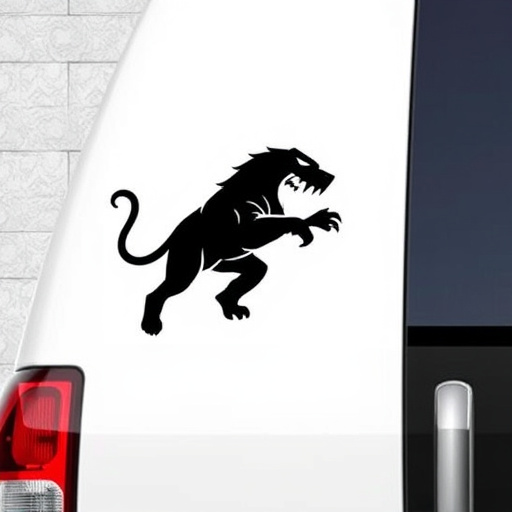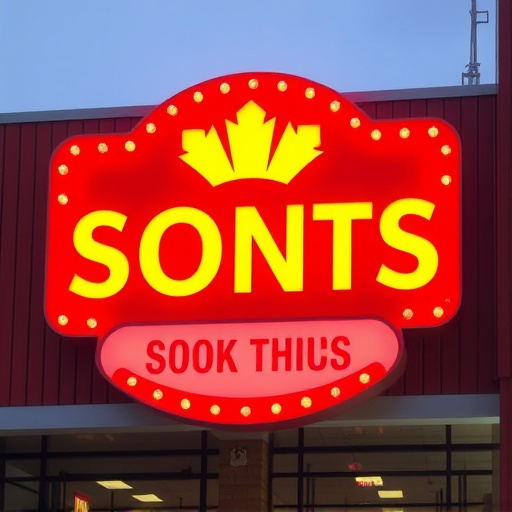Wall graphics installation is an art that transforms spaces by applying designs to walls, enhancing aesthetics while preserving integrity. Professional installers consider surface preparation, adhesive compatibility, and layout for proper installation. Key techniques include precise measuring, heat rejection technologies, and premium materials resistant to fading or peeling. Indoor applications require materials adapted to lighting, temperature, and humidity, while outdoor installations demand durability against harsh weather conditions. The process involves meticulous surface preparation, design transfer, and application, with sealing for enhanced durability in outdoor settings, ensuring vibrant colors and protection.
“Unleash creativity with indoor and outdoor wall graphics—a versatile and impactful way to transform any space. This article delves into the art of wall graphics installation, guiding you through the process from concept to completion.
We explore key distinctions between indoor and outdoor applications, considering factors like durability, materials, and design choices. Whether enhancing a home or branding a business, understanding these nuances ensures optimal results.
Discover a step-by-step installation guide, offering practical insights for a successful project.”
- Understanding Wall Graphics Installation
- Indoor vs. Outdoor Application Considerations
- Installation Process: A Step-by-Step Guide
Understanding Wall Graphics Installation
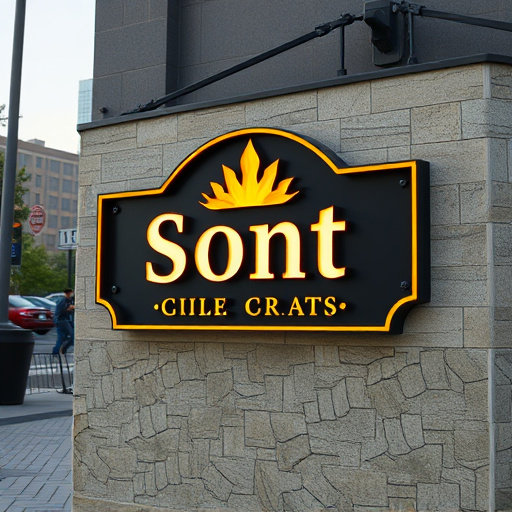
Understanding Wall Graphics Installation
Wall graphics installation is an art that transforms bland interior or exterior spaces into visually stunning displays. This process involves carefully applying graphic designs, images, or text to walls using specialized materials and techniques. The key lies in ensuring the graphics are not just stuck on but seamlessly integrated, preserving the wall’s integrity and enhancing its aesthetics. Professional installers consider factors like surface preparation, adhesive compatibility, and design layout to achieve a flawless result.
Proper installation is crucial for maintaining the longevity and quality of wall graphics. It involves techniques such as measuring and marking walls accurately, using heat rejection technologies for smooth application, and employing premium automotive services for durable materials that resist fading or peeling. With custom vehicle wraps as a prime example, specialized equipment and expertise guarantee that graphics not only look vibrant but also protect surfaces from environmental factors.
Indoor vs. Outdoor Application Considerations
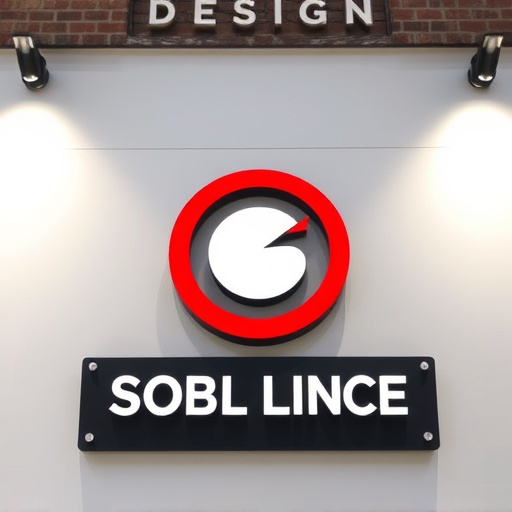
When considering wall graphics installation, understanding the indoor versus outdoor application considerations is paramount. For indoor wall graphics, factors like lighting, temperature control, and humidity levels play a significant role in choosing the right materials and methods. These environments often require low-maintenance options that can withstand limited exposure to sunlight and varying interior conditions. On the other hand, outdoor wall graphics demand durability against harsh weather conditions, including UV rays, rain, snow, and extreme temperatures. Specialist outdoor vinyls with enhanced fade resistance and protective coatings are typically recommended for long-lasting results.
Both indoor and outdoor applications require tailored approaches to ensure the longevity and aesthetic appeal of the wall graphics. For instance, outdoor vehicle wraps demand superior strength and flexibility to withstand movement and environmental stress, while indoor paint correction services focus on achieving a seamless, flawless finish that complements the space’s ambiance. Heat rejection technologies also play a role in managing interior temperatures, especially for graphically enhanced windows or glass partitions.
Installation Process: A Step-by-Step Guide
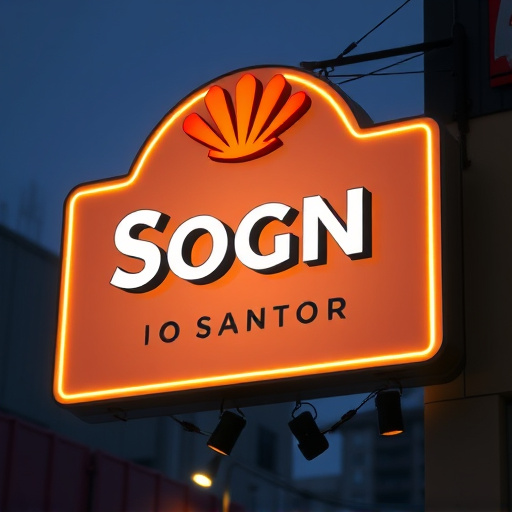
The process of installing wall graphics can be broken down into a series of straightforward steps to ensure a professional finish. It begins with thorough preparation of the surface, which involves cleaning and repairing any imperfections to create a smooth base for application. This step is crucial for achieving long-lasting results and preventing bubbles or wrinkles in the final product.
Next, transfer the graphic design onto the wall using a light table or a specialized installation tool. Once aligned precisely, the wall graphics are carefully peeled from their backing and applied directly to the surface. For outdoor installations, additional steps may include sealing the graphics with a protective coat to enhance durability against weather conditions. This process ensures that vibrant colors remain intact over time, offering both aesthetic appeal and, in the case of vehicle wraps or premium automotive services, effective vehicle protection.
Wall graphics installation offers a versatile and impactful way to transform indoor or outdoor spaces, with each environment requiring specific considerations. By understanding the unique aspects of installation for both settings, from material selection to application techniques, you can effectively enhance any location. Whether it’s the vibrant energy of a bustling street wall or the serene ambiance of an interior room, proper installation ensures longevity and visual appeal. With this guide, you’re now equipped to navigate the process, making your next project a success.
